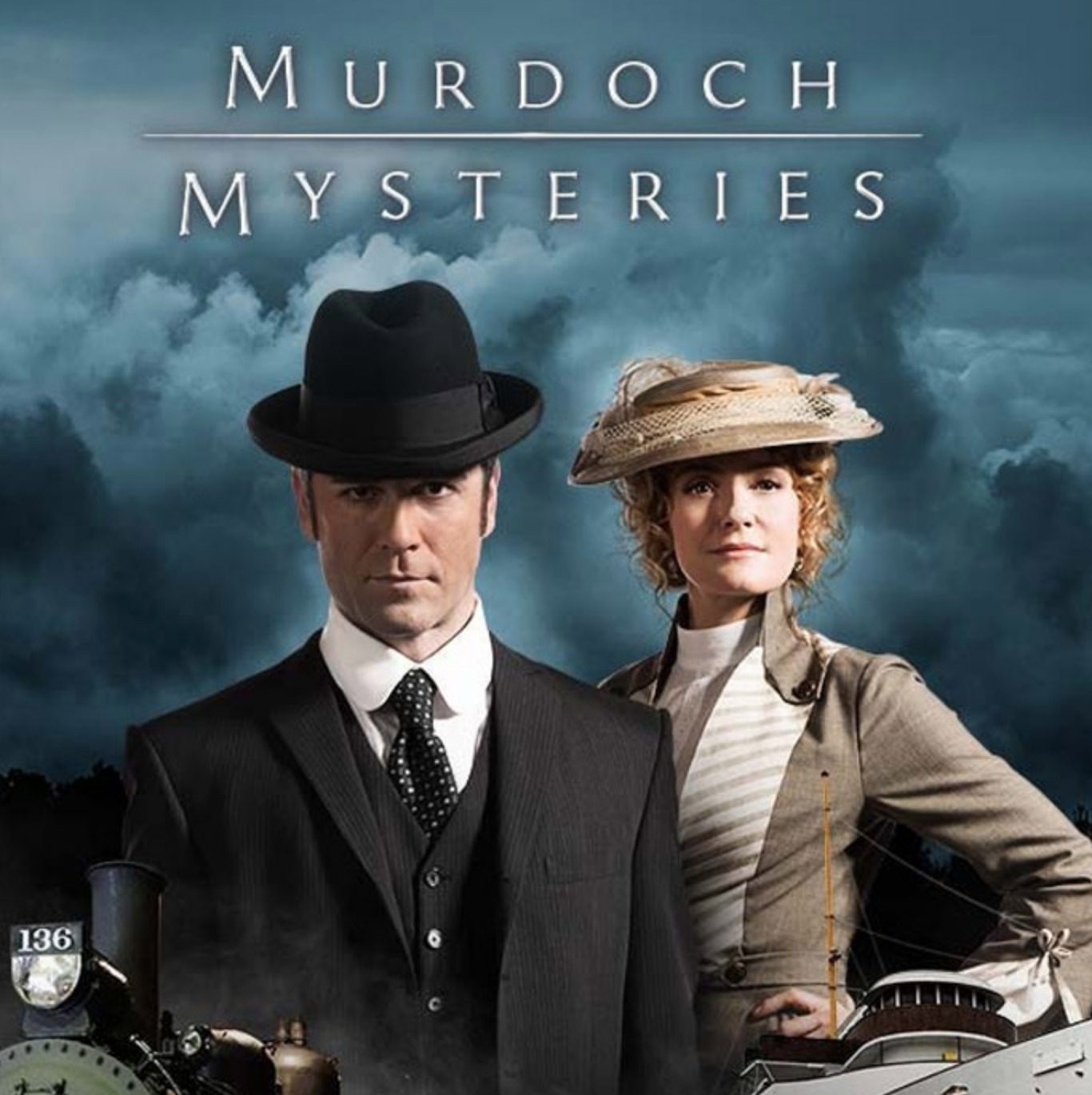The Royal Commission on National Development in the Arts, Letters and Sciences, or Massey Commission, was launched on April 8, 1949 by then-Liberal Prime Minister Louis St. Laurent. The end goal was to grow and enhance Canada’s cultural landscape.
While the Commission acknowledged the importance of public and private strategies, the main focus was on the former. “[I]t is in the national interest to give encouragement to institutions which express national feeling, promote common understanding and add to the variety and richness of Canadian life, rural as well as urban,” according to the Massey Report released in 1951. “Good will alone can do little for a starving plant; if the cultural life of Canada is anaemic, it must be nourished, and this will cost money. This is a task for shared effort in all fields of government, federal, provincial and local.”
Since that time, Canadian governments have concentrated on building arts and culture. This includes public funding for museums and galleries, newspapers and magazines, orchestras and concert halls, the silver screen and much more.
Has the taxpayers’ money been well spent? To use a popular French phrase, comme ci comme ça. There are certainly times when it’s been used wisely, and other moments where the monetary waste is beyond outrageous.
Television has been one of those realms. Front Page Challenge, Hockey Night in Canada, King of Kensington and The Beachcombers became institutions. Street Legal, Seeing Things, Corner Gas, 19-2, Schitt’s Creek, Kim’s Convenience and Heartland were (and are) popular and memorable, too. There have also been clunkers, including The Trouble with Tracy, Snow Job, George and The One: Making a Music Star.
In fairness, not every successful or failed Canadian TV show that I listed above was paid for by taxpayers. But the never-ending quest to develop ungodly amounts of Canadian content on the boob tube has had its positive and negative attributes. There have been Canadian versions of U.S. shows like Howdy Doody and Sesame Street that really weren’t necessary to create. There were also knock-offs like Ricky’s Room, a short-lived children’s series that was a low-rent version of PBS’s Barney & Friends.
However, there have been Canadian shows that received public funding and deserved every single penny.
One that truly stands out is CBC’s Murdoch Mysteries. It’s based on British-Canadian mystery writer Maureen Jennings’s novels about Detective William Murdoch’s life and career. Her fictional 19th century protagonist came from a poor family who lived in Nova Scotia. Raised with a strict Roman Catholic upbringing, he ended up working for the Toronto Constabulary at Station House No. 4 in what was then a distinctly Protestant city.
Murdoch (Yannick Bisson) is depicted as a polymath with a photographic memory. He uses his superb forensic skills in fingerprint identification, blood testing and locating trace evidence to solve puzzling mysteries and gruesome murders. He’s often aided by his brilliant wife Dr. Julia Ogden (Hélène Joy), hard-nosed Inspector Thomas Brackenreid (Thomas Craig) and comical Constable George Crabtree (Jonny Harris), among others.
The show was originally developed into three made-for-TV movies for Bravo Canada in 2004 entitled Murder 19C: The Detective Murdoch Mysteries. Peter Outerbridge starred as the artful detective, but his involvement in another TV series, ReGenesis, paved the way for Bisson to assume the titular role. Shaftesbury Films created a weekly, hour-long drama series which ran on Citytv between 2008-2012. It was unexpectedly dropped after the fifth season, but was quickly snapped up by CBC where it’s remained ever since.
For the past fourteen seasons, the episodes have been intriguing and thought-provoking. There’s good-natured humour, and a few twists and turns until the guilty party has been revealed. Historical references to Canadian, American and international events and figures are quite common. There are also less-than-subtle nods to modern times which can be best described as a cross between whimsy and artistic liberty.
Murdoch Mysteries is seen by roughly 1.4 million regular Canadian viewers per episode. The only program that receives more viewership on the CBC is Hockey Night in Canada. It’s also been the number-one rated show on Alibi in the UK for several years, and has an audience of about 3.5 million viewers per episode on France 3. It’s also carried in Greece, Australia, China, Finland, Brazil and several U.S. networks.
There have been prominent guest stars on several episodes, including William Shatner, Sophie McShera, Ed Asner, Colin Mochrie, Arlene Dickinson, Peter Mansbridge and former prime minister Stephen Harper. The show has won several Canadian Screen Awards Gemini Awards, and earned an International Digital Emmy Award nomination.
Here’s what may be the most impressive fact. Murdoch Mysteries‘s 200th episode, “Staring Blindly into the Future,” ran last February. It’s now at 215 episodes and counting. This makes it one of the most successful long-running Canadian TV series of all time.
When the Massey Report was released 70 years ago, a show like Murdoch Mysteries would have been envisioned as the right product to help promote the “variety and richness of Canadian life” in our arts and culture. Alas, it’s an example that is few and far between on today’s Canadian TV landscape and the arts in general.
Photo Credit: Kingston Herald








